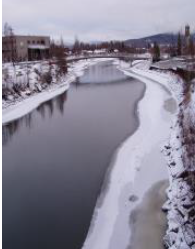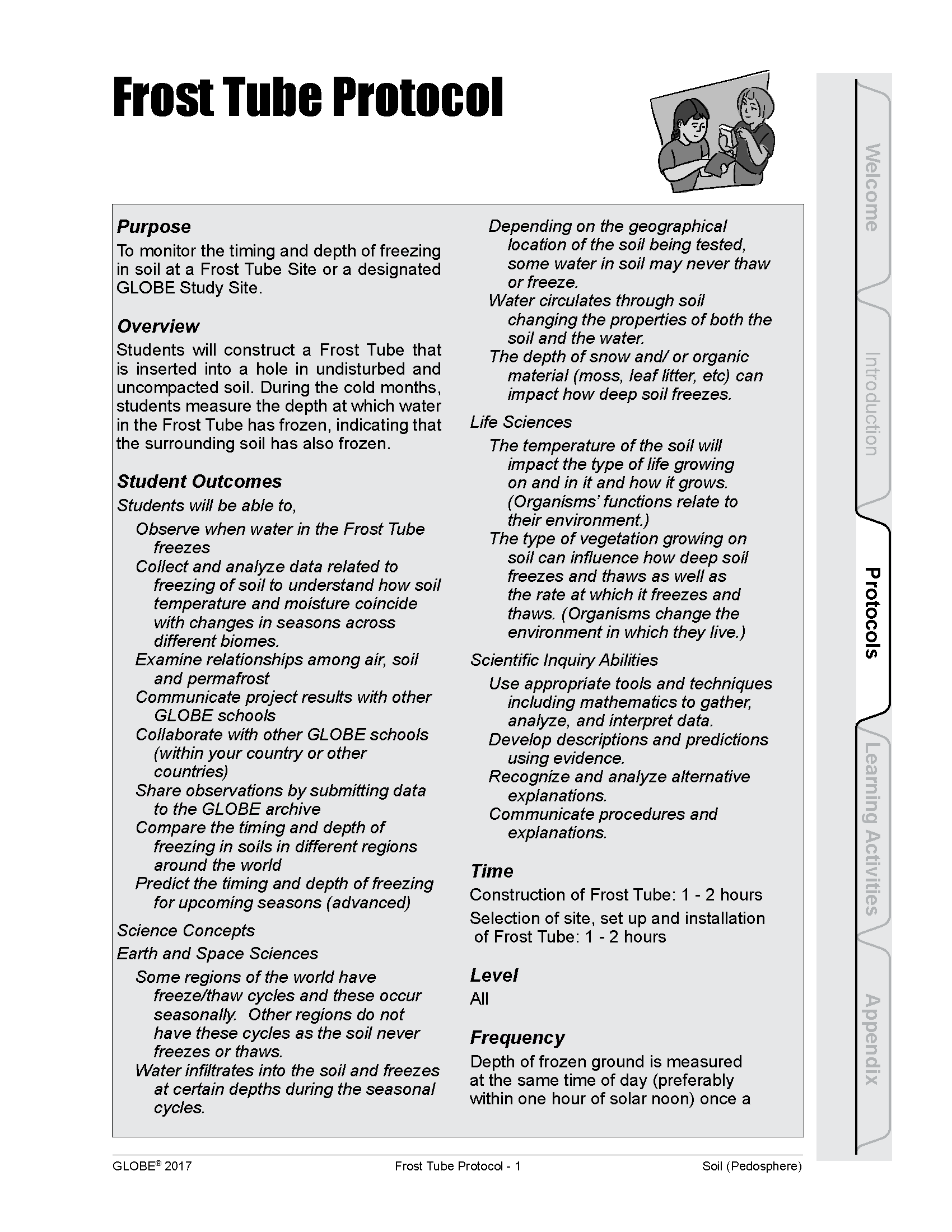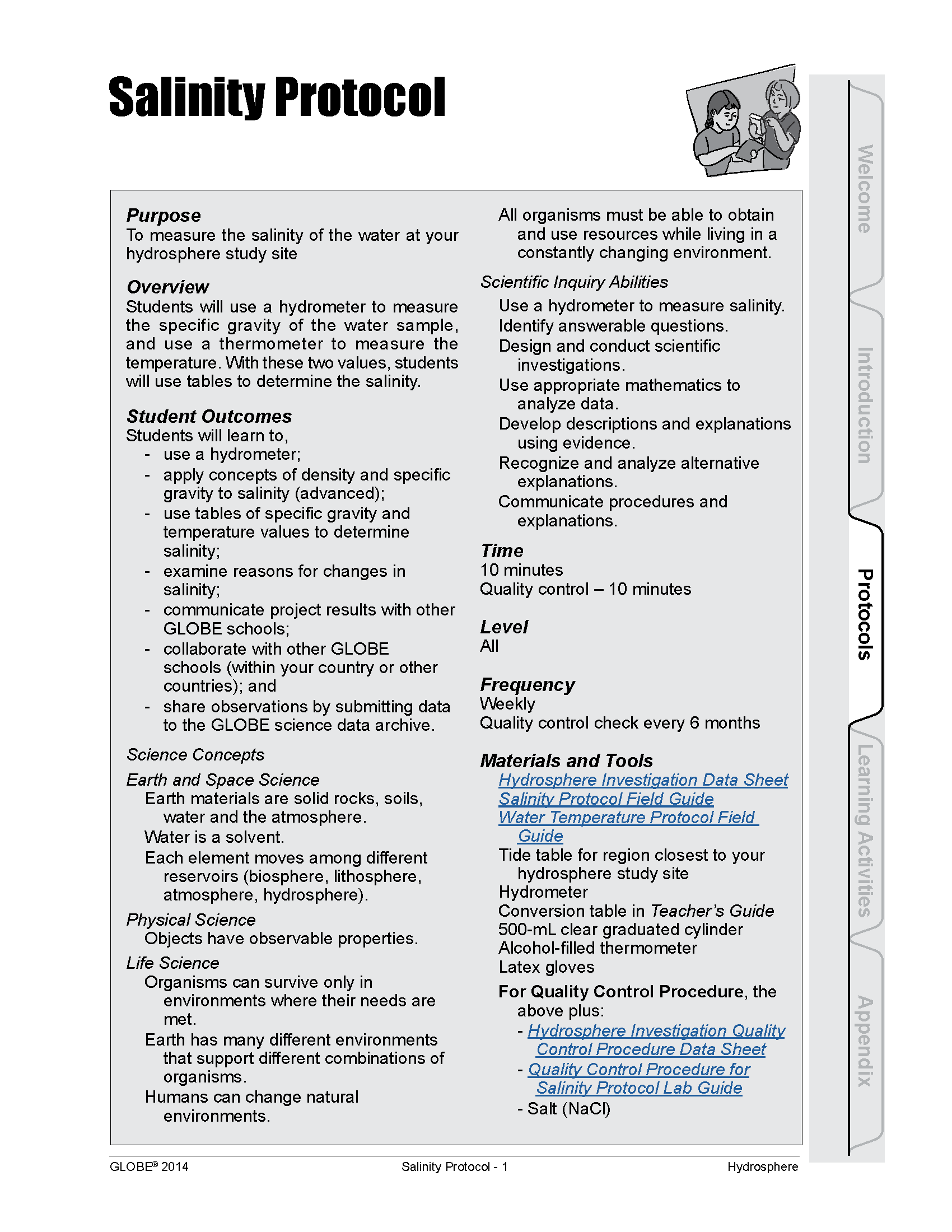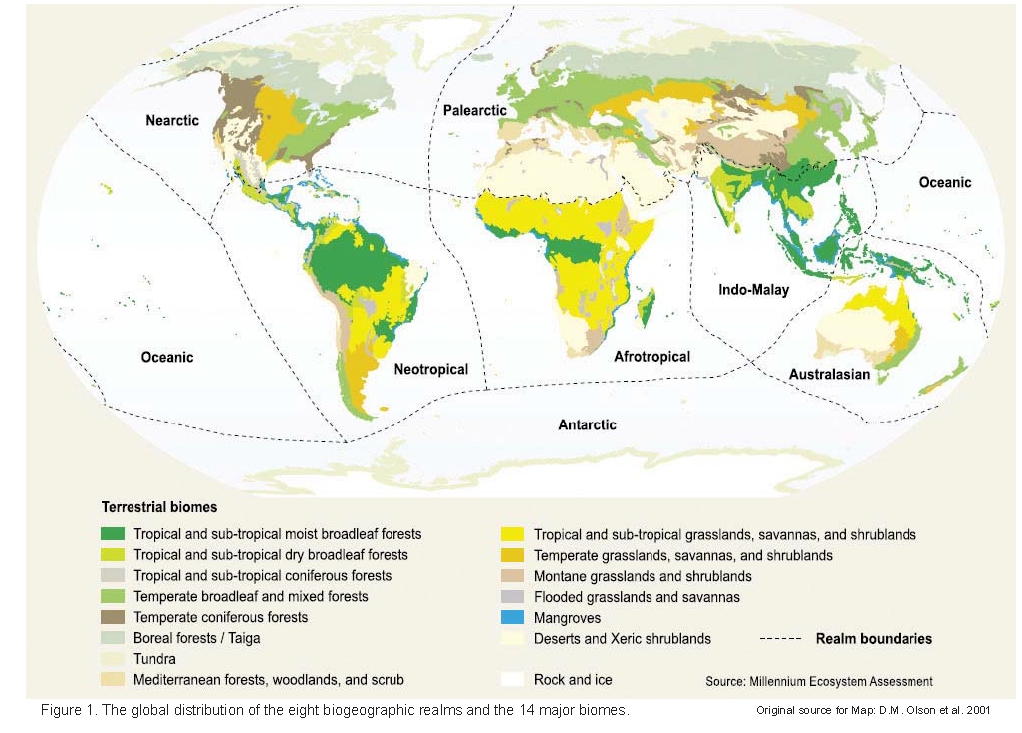GLOBE Connections
GLOBE Connections: Sea and Land Ice Melt

This resource helps to identify and access GLOBE protocols and hands-on learning activities that complement the Sea and Land Ice Melt phenomenon. Students can conduct their own investigations and see how their data related to global patterns by using GLOBE and My NASA Data together.
Visit the GLOBE Cryosphere Protocols & Related ESDE Datasets page that outlines the datasets available in the Earth System Data Explorer. These data complement student GLOBE investigations using the following protocols.
Sea and Land Ice Melt
Students can use GLOBE protocols to study changing temperatures, permafrost and fresh water ice.
Protocols
GLOBE protocols can be used to collect many types of data to explore the conditions related to formation and melt of sea and land ice. Students use the protocols to collect data and share their data with other GLOBE students around the world.

Freshwater Ice Phenology
The purpose of the Freshwater Ice Phenology Protocol is to monitor the freeze-up and breakup processes on a selected pond/lake or large creek/river to determine the duration of the annual ice cover. Students select an easily accessible pond/lake or large creek/river close to their school that is known to develop an ice cover in the winter and observe and document its freeze-up and break-up.
Frost Tube
 Students construct a Frost Tube that is inserted into a hole in undisturbed and uncompacted soil. During the cold months, students measure the depth at which water in the Frost Tube has frozen, indicating that the surrounding soil has also frozen.
Students construct a Frost Tube that is inserted into a hole in undisturbed and uncompacted soil. During the cold months, students measure the depth at which water in the Frost Tube has frozen, indicating that the surrounding soil has also frozen.
Salinity (Including Titration)
Ice melt can impact the salinity of the ocean water. Students measure the salinity of a salty or brackish water sample using a hydrometer and thermometer.
Learning Activities
Check out the three learning activities to help prepare students for collecting data and to support the integration of MND with GLOBE in your curriculum.

Getting to Know Your Terrestrial Biomes ![]()
Students become familiar with the Terrestrial Biome Classifications that the Seasons and Biomes project has adopted.
Student Outcomes:
- Use appropriate sources of information
- Synthesize data from different sources to create a coherent description of the main biomes
- Identify appropriate sources of information
- Organize data into tables
- Draw conclusions by synthesizing a variety of data
- Communicate results and explanations
How to Make a Climograph from Your Local Weather Data ![]()
![]()
Purpose: Students assemble, analyze and graph the long-term air temperature and precipitation data for their general area, to understand the difference between weather and climate.
Student Outcomes:
- Weather is a day-to-day phenomenon and climate is a long-term average of weather
- The sun is the major source of energy for changes on the Earth’s surface
- Organisms’ functions relate to their environment
- Sunlight is the major source of energy for ecosystems
- Identify appropriate data sources
- Perform simple statistical calculations
- Organize data into tables and graphs
- Use appropriate tools and techniques
- Draw conclusions by synthesizing a variety of data
- Communicate results and explanations
Sources:
Image Credit: GLOBE




